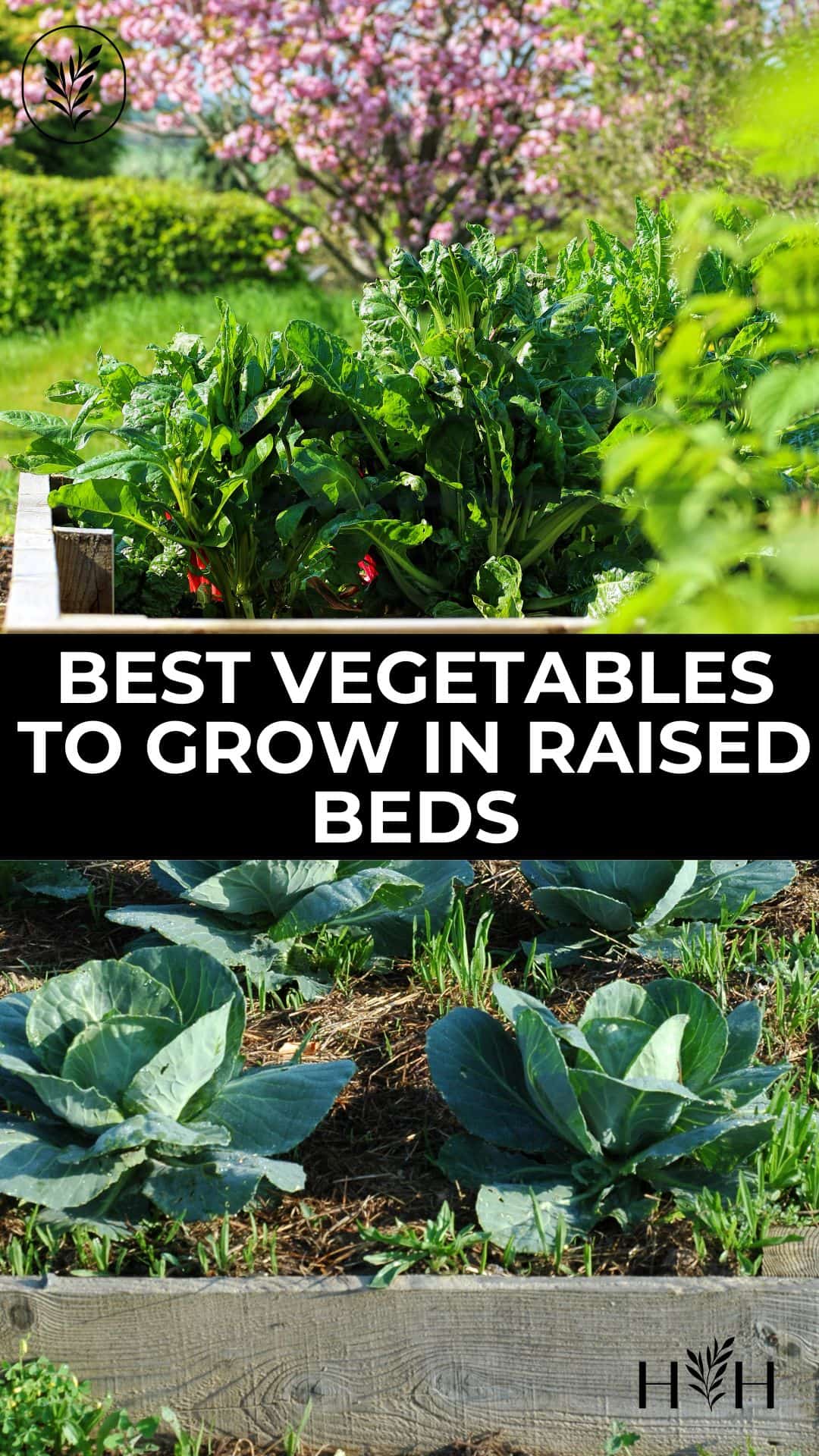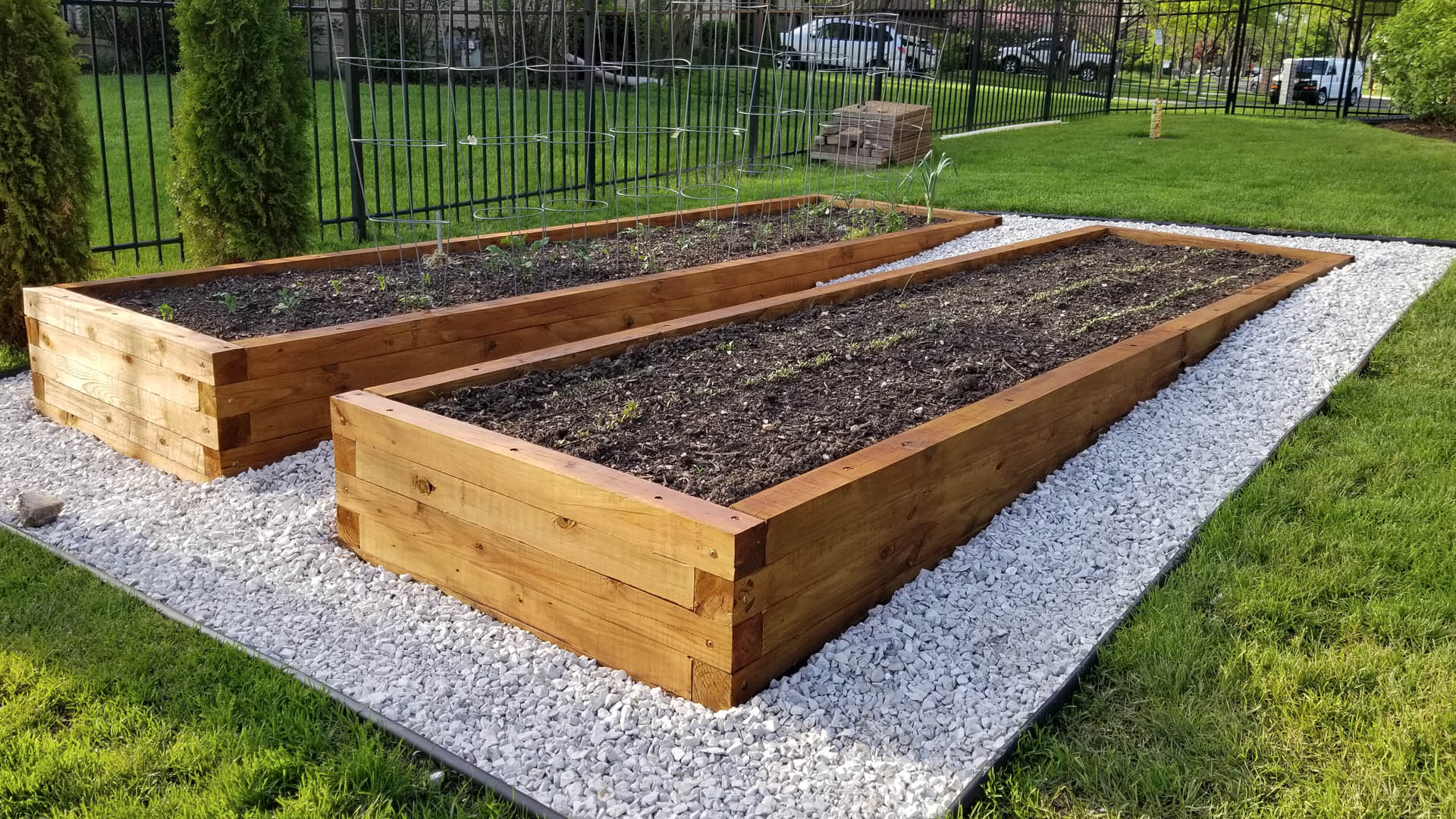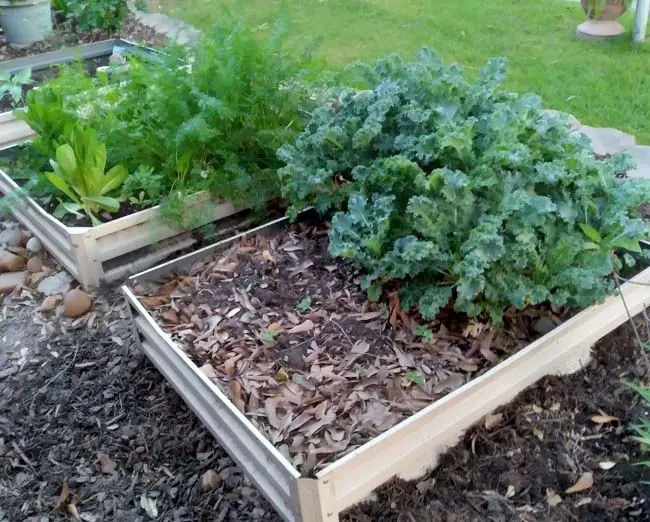How to Grow the Best Vegetables in Raised Beds

Are you dreaming of a lush, productive garden but feel constrained by your soil quality or space? Raised bed gardening might just be your perfect solution. Imagine raised beds as the VIP sections of your garden—they offer prime conditions for your vegetables to thrive. But what vegetables grow best in raised beds? Let's dive in and explore the world of successful raised bed gardening.
Why Choose Raised Bed Gardening?
Raised bed gardening offers a multitude of benefits. It allows you to control the soil quality, improves drainage, and can even extend your growing season. Plus, it's an excellent solution for small space vegetable gardening, making it easier to maintain and harvest your crops.
What Vegetables Grow Best in Raised Beds?
Root Vegetables
Root vegetables like carrots, beets, and radishes love the deep, loose soil that raised beds provide. This environment allows them to grow straight and long, making them easier to harvest.
Leafy Greens
Lettuce, spinach, and kale thrive in raised beds. The well-draining soil helps prevent root rot, and the elevated beds keep these greens away from pests that might munch on them at ground level.
Tomatoes
Tomatoes are a staple in many gardens, and they do exceptionally well in raised beds. The improved soil quality and drainage help prevent diseases like blight, and the elevated beds make it easier to stake and support these plants.
Peppers and Eggplants
These warmth-loving plants benefit from the improved drainage and warmer soil temperatures in raised beds. They also appreciate the consistent moisture that raised beds can provide.
Herbs
Herbs like basil, parsley, and cilantro grow beautifully in raised beds. The well-draining soil helps prevent overwatering, and the elevated beds make it easy to harvest these flavorful additions to your meals.
Setting Up Your Raised Beds for Success
Location, Location, Location
Just like in real estate, location is crucial in raised bed gardening. Choose a spot that gets at least 6-8 hours of sunlight daily. Also, consider proximity to a water source for easy irrigation.
Size Matters
The ideal size for a raised bed is about 4 feet wide by 8 feet long. This allows you to reach all parts of the bed without stepping into it, which can compact the soil. The height can vary, but 12-24 inches is typical.
Soil Quality
One of the biggest advantages of raised beds is the ability to control the soil quality. Fill your beds with a mix of high-quality topsoil, compost, and potting soil. This will provide the nutrients and drainage your vegetables need to thrive.
Vegetable Gardening Tips for Raised Beds
Water Wisely
Raised beds can dry out faster than traditional gardens, so consistent watering is key. Consider installing a drip irrigation system to ensure your plants get the water they need without wasting any.
Mulch Matters
Adding a layer of organic mulch to your raised beds can help retain moisture, suppress weeds, and regulate soil temperature. Straw, wood chips, or even grass clippings can work well.
Rotate Crops
Crop rotation is a simple but effective way to maintain soil health and prevent diseases. Divide your raised beds into sections and rotate what you plant in each section every year.
Succession Planting
To make the most of your raised beds, practice succession planting. This involves planting fast-growing crops like radishes or lettuce between slower-growing ones like tomatoes or peppers. Once the fast-growing crops are harvested, you can plant something else in their place.
Troubleshooting Common Issues
Pests
Raised beds can help deter some pests, but they're not foolproof. Consider using row covers or netting to protect your crops from insects and critters.
Diseases
Good soil quality and proper spacing can help prevent diseases. If you do encounter issues, promptly remove affected plants and consider using disease-resistant varieties in the future.
Weeds
Weeds can be a nuisance in any garden, but raised beds can make them easier to manage. Regularly pull weeds when they're small, and use mulch to suppress their growth.

Embrace the Versatility of Raised Bed Gardening
Raised bed gardening is like having a front-row seat to a concert—you get the best view and the best experience. Whether you're dealing with poor soil, limited space, or just want to try something new, raised beds offer a versatile and rewarding way to grow vegetables.
Conclusion
So, what vegetables grow best in raised beds? The answer is many! From root vegetables to leafy greens, tomatoes to herbs, raised beds provide an ideal environment for a variety of crops. By setting up your beds in the right location, using high-quality soil, and following some simple vegetable gardening tips, you can enjoy a bountiful harvest from your raised beds.
Ready to get started? Grab your gloves, gather your materials, and let's grow!
FAQs
What is the ideal depth for a raised bed? The ideal depth for a raised bed is typically 12-24 inches. This provides enough room for most vegetable roots to grow and allows for good drainage.
Can I use treated wood for my raised beds? It's generally not recommended to use treated wood for raised beds, as the chemicals can leach into the soil and potentially harm your plants. Opt for untreated wood or composite materials instead.
How often should I water my raised beds? The frequency of watering depends on factors like weather, soil type, and the specific plants you're growing. Aim to keep the soil consistently moist but not waterlogged. A drip irrigation system can help with this.
What can I plant in a shady raised bed? If you have a raised bed that doesn't get much sun, consider planting shade-tolerant vegetables like lettuce, spinach, or kale. Herbs like parsley and mint can also do well in partial shade.
How do I prepare my raised beds for winter? To prepare your raised beds for winter, remove any dead plant material, add a layer of compost or mulch, and consider planting a cover crop to improve soil health. In colder climates, you might also want to cover your beds with a frost blanket or plastic sheeting to protect them from extreme temperatures.

Happy gardening! Remember, every expert was once a beginner, so don't be afraid to get your hands dirty and learn as you go. Your raised bed garden is a journey, and every harvest is a reward.
0 Response to "How to Grow the Best Vegetables in Raised Beds"
Post a Comment